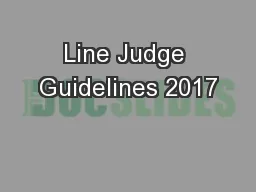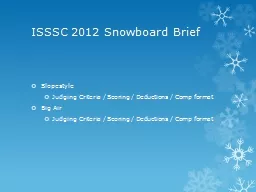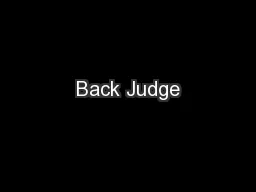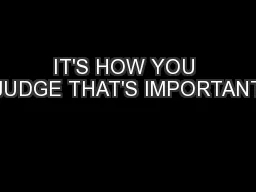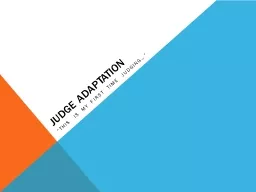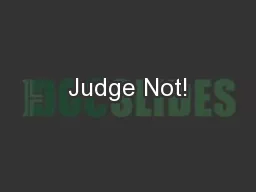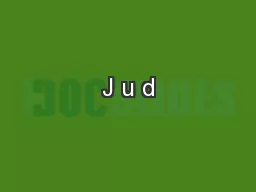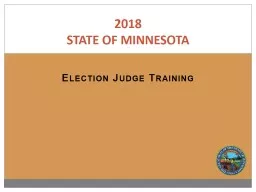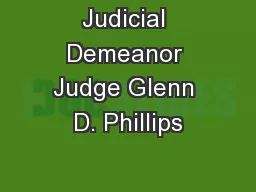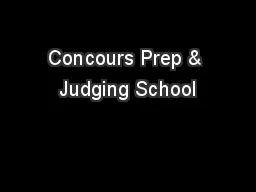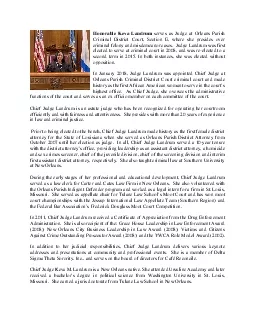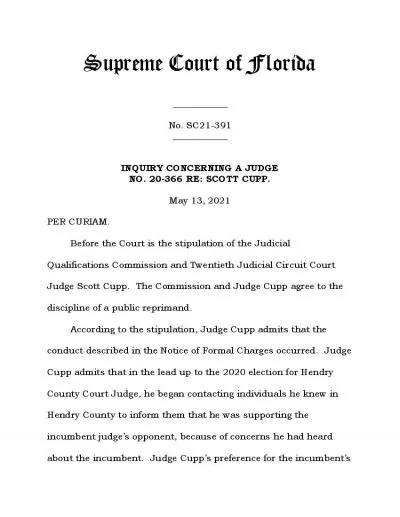PPT-Line Judge Guidelines 2017
Author : min-jolicoeur | Published Date : 2018-02-13
Edition Introduction The Importance of Line Judges All members of the referee corps are trained observers this is especially true for line judges Line judges play
Presentation Embed Code
Download Presentation
Download Presentation The PPT/PDF document "Line Judge Guidelines 2017" is the property of its rightful owner. Permission is granted to download and print the materials on this website for personal, non-commercial use only, and to display it on your personal computer provided you do not modify the materials and that you retain all copyright notices contained in the materials. By downloading content from our website, you accept the terms of this agreement.
Line Judge Guidelines 2017: Transcript
Download Rules Of Document
"Line Judge Guidelines 2017"The content belongs to its owner. You may download and print it for personal use, without modification, and keep all copyright notices. By downloading, you agree to these terms.
Related Documents

